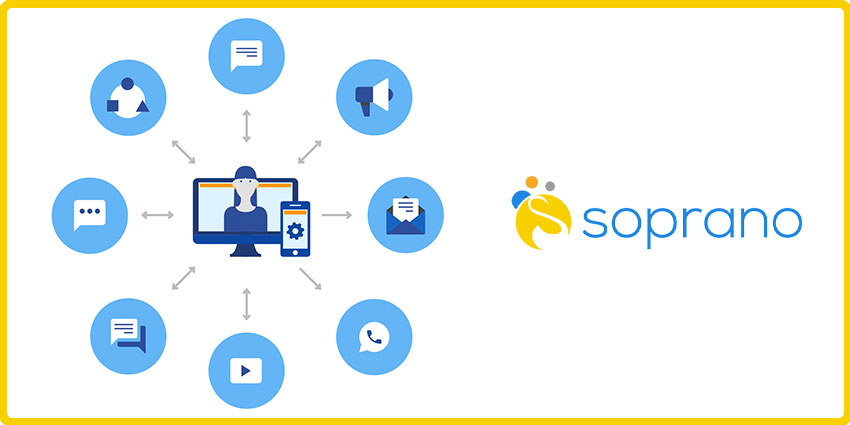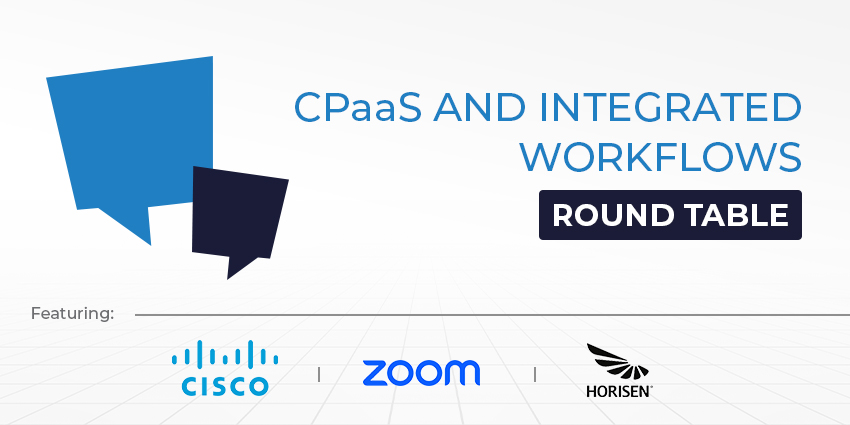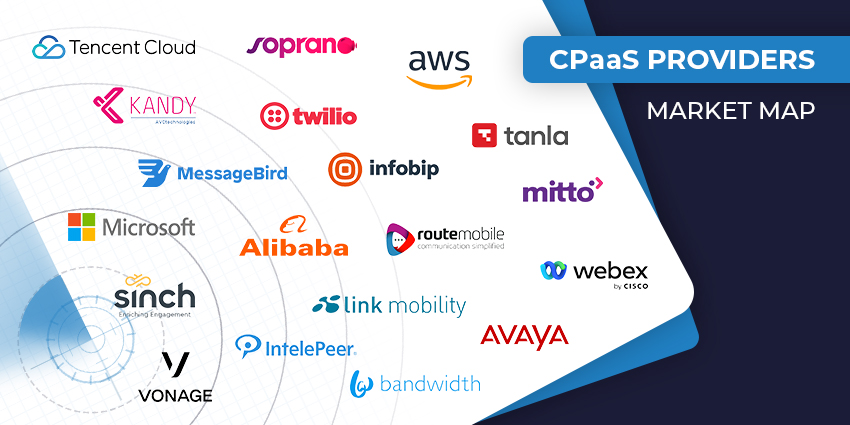Where businesses and people go, governments follow a decade later, or at least that’s what it feels like!
Whilst the pandemic will have increased the adoption of cloud technologies within certain government departments, the public sector still lags behind with their use of technology.
A key example of this is in communications. Rather than canvassing opinion and swaying people’s votes through the platforms that they use, parties often go to the personal approach of knocking on doors.
Although the personal approach may well give the best impression that your local representative really cares about hearing your opinions, reach is limited by how many volunteers there are to canvass people, how many people there are to speak to and how much time it takes to talk to each household.
Soprano Design product marketing manager, Jane White, pointed to the leaflets and flyers that local governments hand out as another example of where communications policies can be improved.
“Governments use traditional and expensive channels to communicate and engage with their citizens or constituents,” said White. “Whether it’s a politician who’s running for office, or government departments, main forms of communication are mailers, billboards, and foot soldiers.
“That’s a very expensive campaign style of communication, but for important issues like COVID response, public health and safety, emergency response, new programmes that are being deployed in different communities, or fundraising, the communication strategies that governments are using are not engaging in the new ways that citizens expect to be engaged with from other places.”
Importance of communications
Through the Soprano solution governments can manage the way they communicate with their constituents.
However, the use cases develop once they move past just communication. White said that different departments can utilise the tools Soprano supplies in order to make interacting with public services easier, pointing to the ORCA transport cards in Seattle as an example.
Using the Soprano solution, the local government in Seattle could notify those with ORCA cards when their balance is low and offer a way to top up their card, so that constituents aren’t stranded when their credit hits $0. From there, more departments will become interested in the solution once it has become a success.
“Soprano has a compartmentalised interface which means that governments that have different departments or different units can use the solution easily,” said White. “For example, a prominent and diplomatic European country who is using Soprano messaging has a government IT department that handles the public WiFi, and a completely separate department that handles parking.
“But within governments, it’s harder to have an inter-compartmental tool because there is a fixed budget that they receive. Therefore, the IT department managing the public WiFi does not want to share a budget or reporting with the completely different use case of the parking payment collections, but they’re both using the same tool.
“That’s where we shine. When we started with this major European country, they wanted a secure way to verify folks when they get on their public WiFi, via a verification message to their mobile. But then they wanted to use it for parking, sending mobile messages to collect or initiate payments. Once the ball starts rolling, because you can do so much with a tool that’s compartmentalised, more branches of governments start to become interested in discovering ways they can improve their communications”







